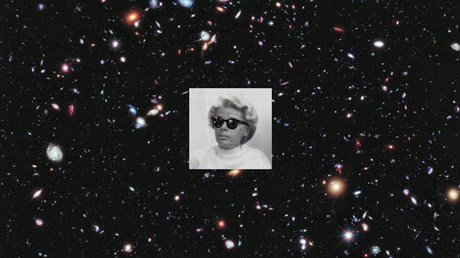In times of doubt, I return to a Hubble telescope view of God.

Where I live in the Rocky Mountains, you can see several thousand stars with the naked eye on a clear night. All of them belong to the Milky Way galaxy, which contains more than 100 billion stars, including an average-sized one that our planet Earth orbits around—the Sun.
Our galaxy has plenty of room: 26 trillion miles separate the Sun from the star nearest to it. And traveling at the speed of light, it would take you 25,000 years to reach the center of the Milky Way from our home planet, which lies out in the galaxy’s margins.
Until a century ago, astronomers believed the universe consisted of our galaxy alone. Then, in the 1920’s, Edwin Hubble proved that one apparent cloud of dust and gas in the night sky, named Andromeda, was actually a separate galaxy. Now there were two. When NASA launched a large telescope into space for a clearer view, they appropriately named it after Hubble.
In 1995, a scientist proposed pointing the Hubble Space Telescope at one dark spot, the size of a grain of sand, to see what lay beyond the darkness. For ten days, the telescope orbited Earth and took long-exposure images of that spot. The result, which has been called “the most important image ever taken,” would astonish everyone. It turns out that tiny spot alone contained almost 3,000 galaxies!
In later years, Hubble revisited the same spot with more refined equipment, identifying many more galaxies with each improvement. Astronomers mapped the Deep Field, the Ultra Deep Field, the eXtreme Deep Field, and the Frontiers Field. Reaching the limits of visible light—and perhaps running out of titles for Hubble’s exploits—they recently turned the task over to a new, stronger telescope. The James Webb ...
from Christianity Today Magazine
Umn ministry


.gif)

.gif)
.gif)
